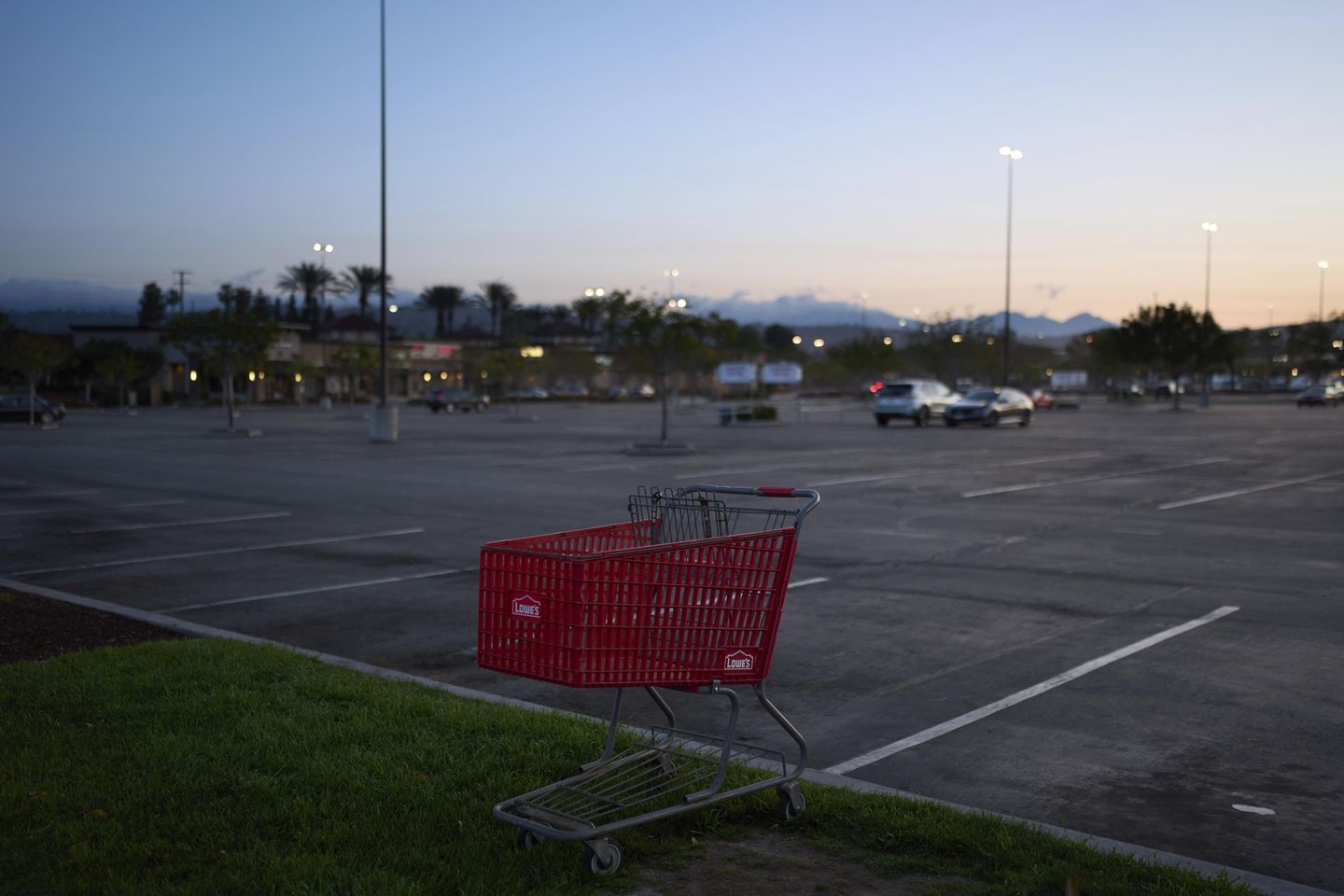
Americans burned out on inflation will soon pay more for scores of household goods, including new cars, coffee, chocolate and iPhones, as a result of President Trump’s new tariffs on goods imported into the U.S.
Mr. Trump has sought to promote tariffs as taxes paid by other nations, but they are borne by businesses that import goods from around the globe, such as Walmart or Amazon. The tariffs will create higher costs for those businesses, typically passing them on to consumers through price hikes.
When Mr. Trump added tariffs to imported washing machines during his first term, the median price of the appliance jumped by more than 11%, adding $86 to the cost of a new unit, according to data from the University of Chicago.
The White House has acknowledged that the tariffs will cause some economic pain but argues that the long-term gain will be worth the cost because the tariffs will boost domestic manufacturing and jobs.
Joshua Bolten, CEO of Business Roundtable, a nonprofit that lobbies on behalf of business groups, said his group supports Mr. Trump’s quest for better trade deals, including through tariffs, but he sounded a warning about the president’s blanket tariffs.
“Universal tariffs ranging from 10% to 50% run the risk of causing major harm to American manufacturers, workers, families and exporters,” he said. “Damage to the U.S. economy will increase the longer the tariffs are in place and may be exacerbated by retaliatory measures.”
Here are some of the consumer goods that could become more expensive for Americans:
Electronics
Mr. Trump slapped China, Taiwan and South Korea — the three top electronics exporters to the U.S. — with reciprocal tariffs. Television sets, smartphones, laptops and other goods are manufactured in those nations.
China will be hit with a 34% reciprocal tariff, meaning prices on all products manufactured there and imported into the U.S. could rise soon after the tariff goes into effect Wednesday.
Almost all iPhones are made in China, though Apple has moved some of its iPhone manufacturing to India. Mr. Trump is hitting India with a 26% reciprocal tariff.
Cars
Auto analysts estimate that the 25% auto tariffs will add thousands of dollars to the prices of new cars in the U.S., which reached a record-high average of $49,938 in December, according to Cox Automotive.
The U.S. imported about 8 million cars last year, which accounted for about $240 billion in trade.
The price increases won’t be limited to foreign cars. Many U.S.-made vehicles include parts imported from other countries, which will face new tariffs.
Consumers could pay an additional $2,500 to $5,000 for American-made cars with imported parts, and foreign imports could have up to $20,000 added to their price tags, according to an estimate from Anderson Economic Group.
Clothing and shoes
A majority of apparel, including shoes sold in U.S. department stores such as Walmart and Target, are imported from China, Bangladesh, Cambodia, India, Indonesia and Pakistan. Those countries face tariffs of 34%, 37%, 49%, 26%, 32% and 29%, respectively.
The U.S. International Trade Commission estimates that 37% of all footwear imports, which totaled roughly $9.5 billion, came from China.
Housing and home furnishings
The U.S. imports about a third of its lumber from Canada, and Mr. Trump’s tariffs could affect that. The National Association of Home Builders said it has “serious concerns” that the lumber tariffs could increase the cost of building homes. Housing prices have already made homeownership increasingly unaffordable.
Meanwhile, the Home Furnishings Association estimates that 29% of furniture imported to the U.S. comes from China and about 26.5% of imports come from Vietnam, which faces a 46% tariff.
Alcohol, coffee and food
Wine produced across Europe will face a 20% tariff. France and Italy were the top U.S. suppliers. Scotch whisky produced in the United Kingdom will face a 10% tariff rate.
Sugar is largely imported into the U.S. from the Dominican Republic, Brazil and the Philippines, which face 17%, 14% and 13% tariffs, respectively. More than 60% of U.S. rice imports come from Thailand, India and Pakistan, which face tariffs of at least 29%.
The U.S. imports about 80% of its coffee beans from Brazil and Colombia, subject to 10% tariff rates. A large amount of chocolate comes from Ivory Coast and Ecuador, which have been hit with tariffs of 21% and 10%, respectively.
The tariffs will likely be far-reaching, even impacting children’s toys. Mattel suggested in its fourth-quarter earnings call that the prices of its toys, including Barbie and Hot Wheels, will be increased in response to the tariffs on China. Mattel says about 40% of its goods come from China, and the Toy Association estimates that 80% of the toys imported to the U.S. come from China.








